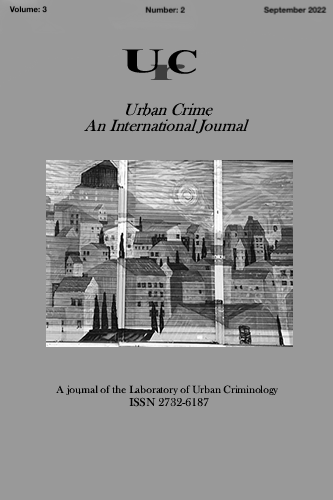How did cybercriminals ‘survive’ during the pandemic?”
DOI:
https://doi.org/10.26250/heal.panteion.uc.v3i2.291Keywords:
cybercrime, cyber attack, dark web, misinformation, fake news, covid - 19 pandemicAbstract
During the covid-19 pandemic, citizens, companies and organizations were obliged to adapt to new daily routine, where the Internet held a predominant role. Remote working and learning, online shopping, entertainment and social media usage have created a bigger “pool” of potential victims of cybercrime. This forced cybercriminals to ameliorate the modus operandi they were using, or invent new, to achieve their purposes, according to their motivations. More specifically, the number of typical cybercrimes, such as cyber attacks (e.g. man-in-the-middle, ransomware, etc.), frauds and online sexual exploitation / abuse of children, has increased, but, in parallel, law enforcement authorities and relevant organizations worldwide have come across new business models: online markets on the dark web were fake vaccines or medical examination certificates were sold, industrial espionage and a huge amount of fake news / misinformation with further effects on social stability and trust in public authorities. To tackle the above challenges, new prevention and investigation policies were required to be put into force from the side of the governments and the law enforcement authorities.

